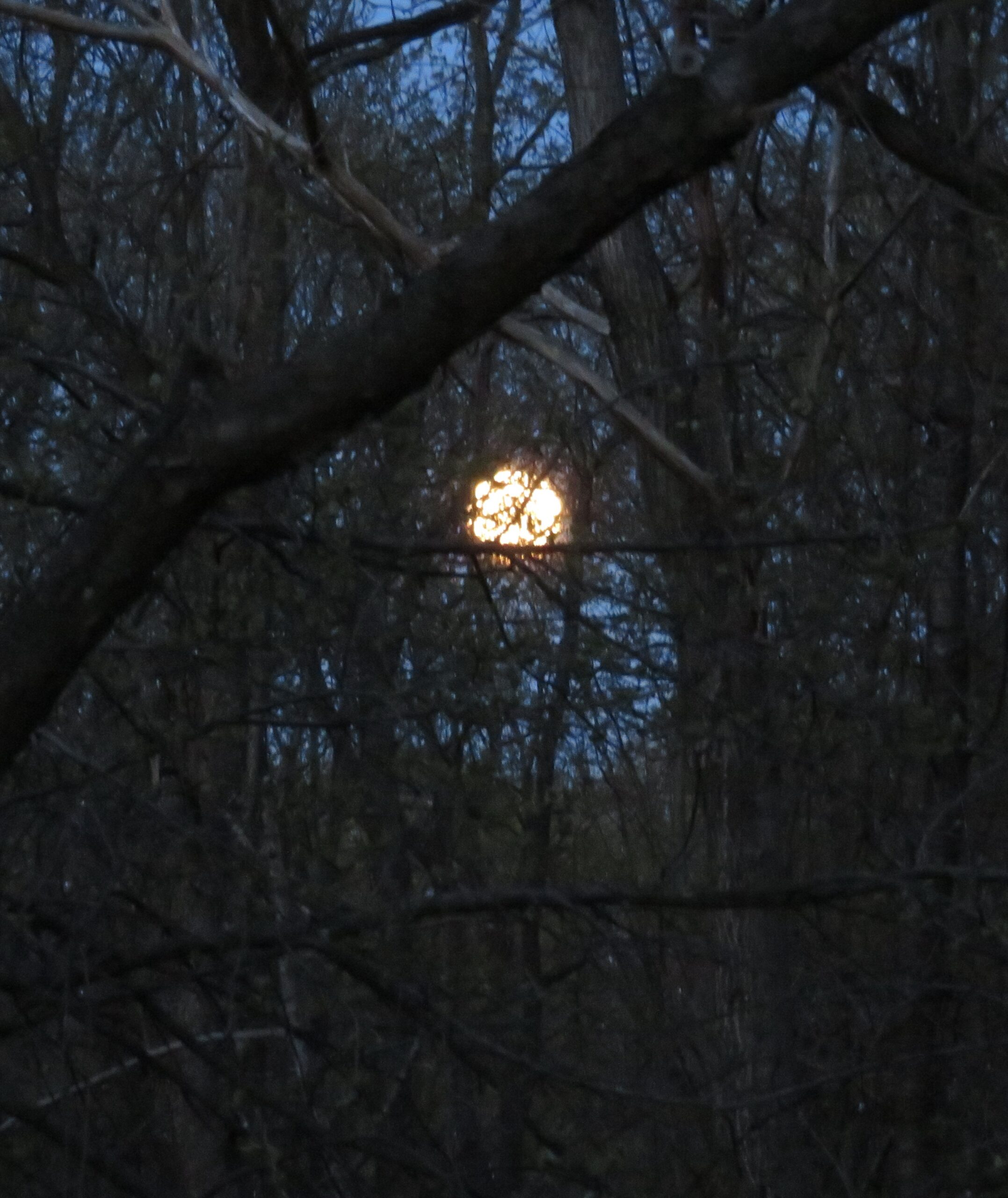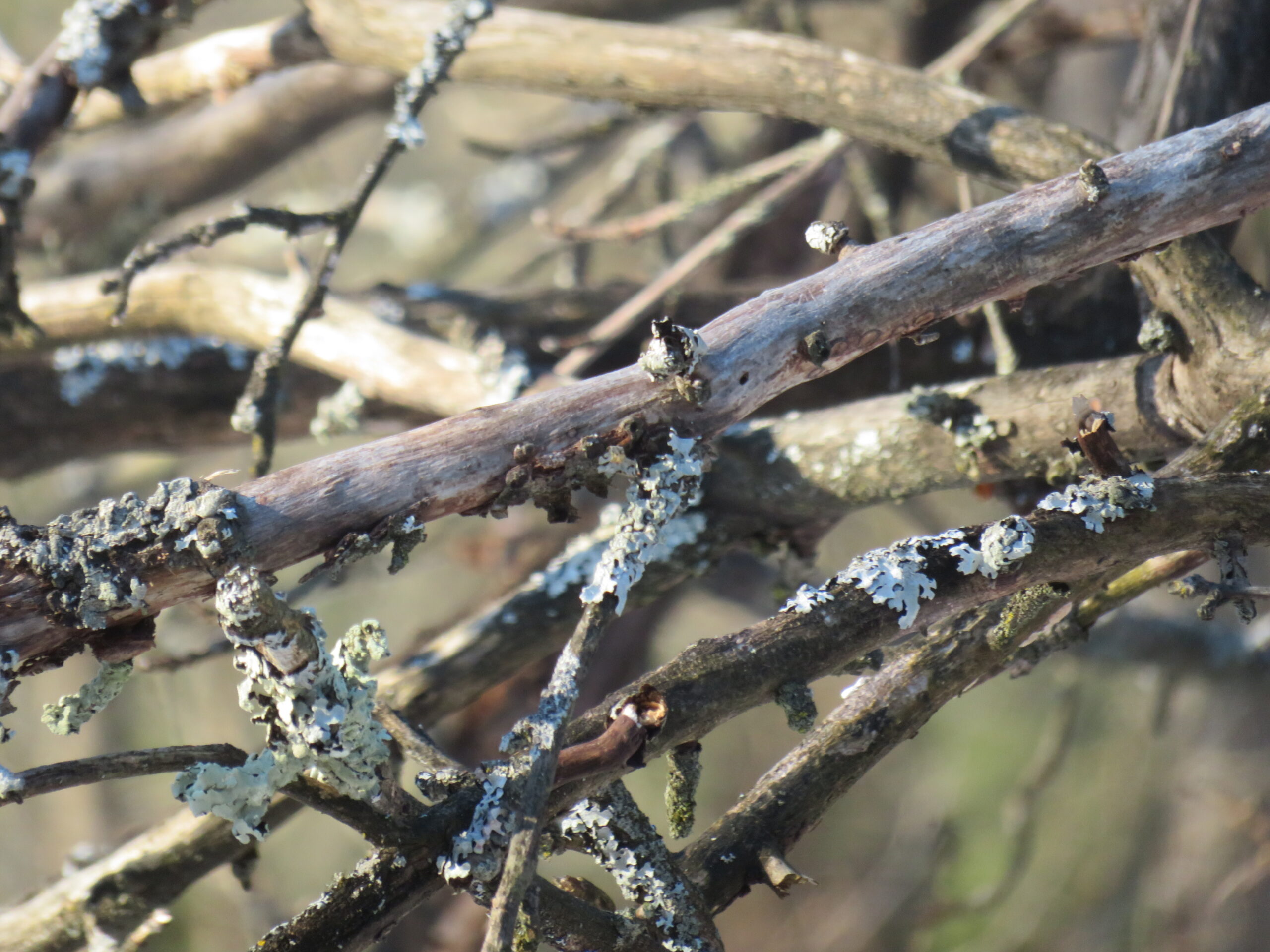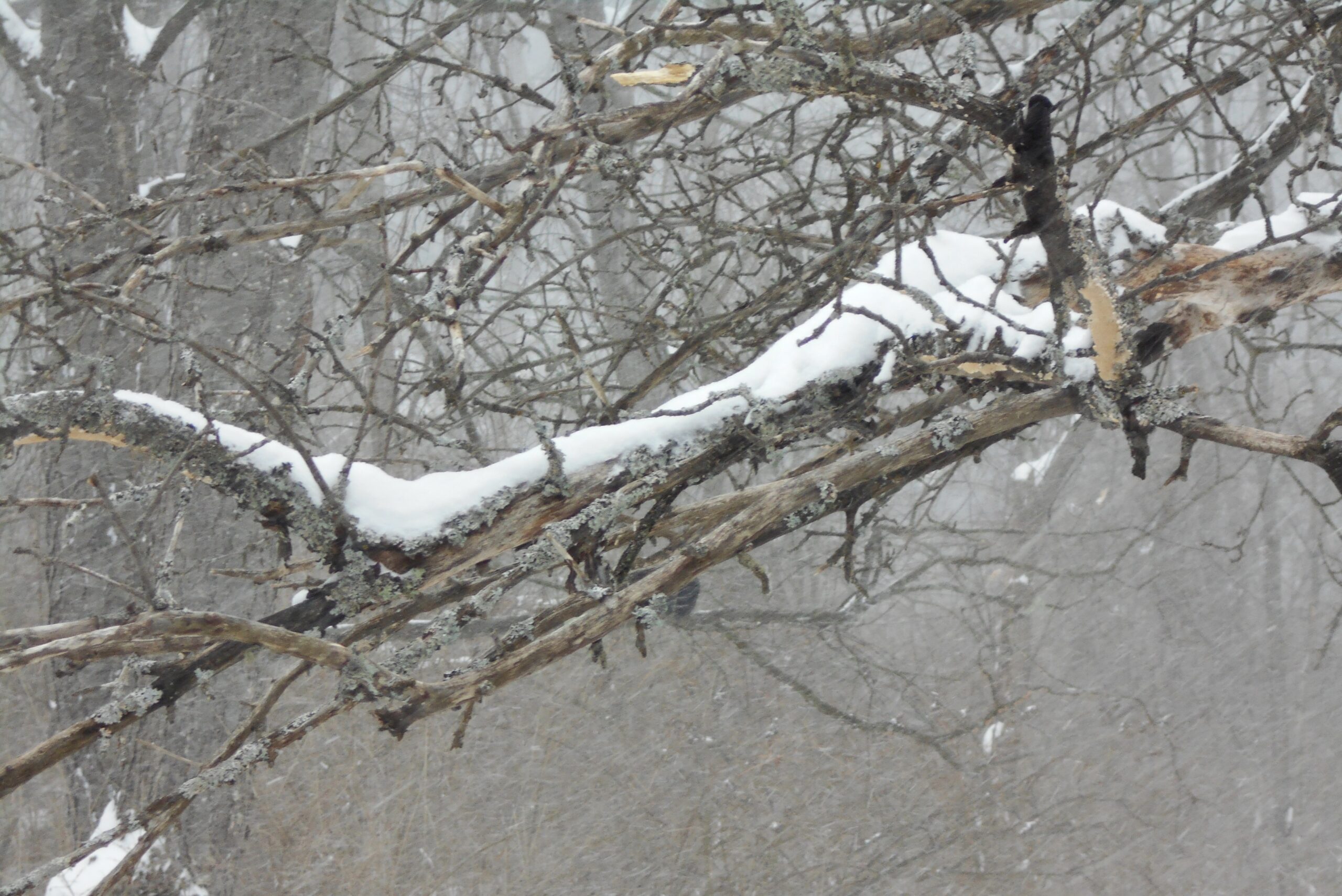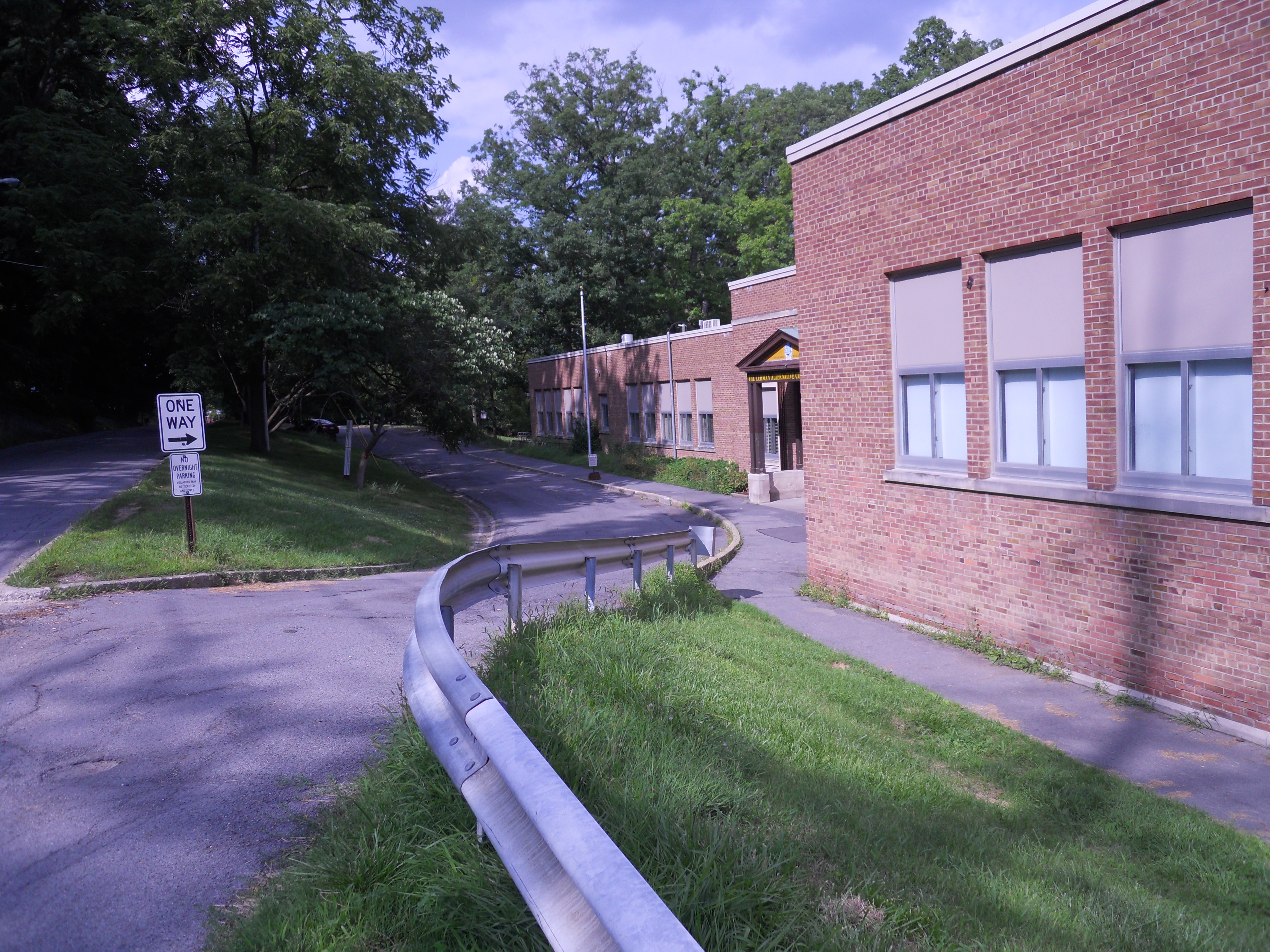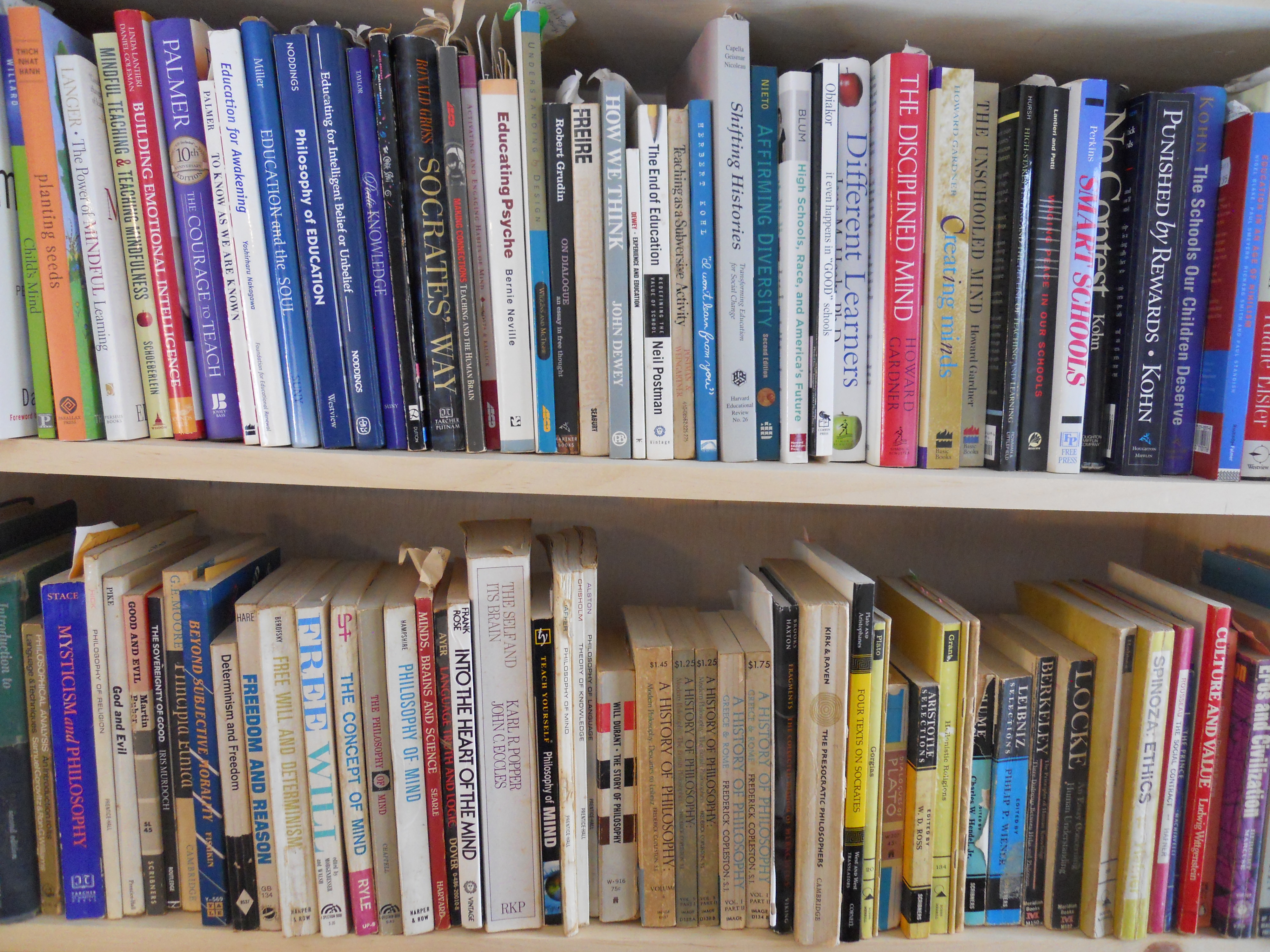In 1992, I saw a PBS television documentary called “The Creative Spirit” and it brought so much together for me. It proposed four steps in a process of creative thinking: preparation, frustration, incubation, and illumination. Just learning the techniques of an art is not enough to be creative. You have to develop a creative mind and attitude. I realized that critical thinking is also a process like creativity. You can’t just learn techniques and a vocabulary of “rational” thinking or problem solving and expect be a good critical thinker. You have to develop a whole process of living with a question or problem.
Here is an outline of the steps I propose for thinking critically about a question or problem:
1. Carefully construct and define the question or topic.
2. Prepare by immersing yourself in relevant material. Question sources, theories and assumptions. This is an area teachers know very well. As I described in an earlier blog, empathy and imagination are very helpful here. Define a thesis or first answer to the question, then confront that answer with an opposing antithesis.
3. Mindfully face your frustration, your fear of mistakes, or your anxiety when you realize your old ways of viewing the world won’t solve the problem or answer the question. Transform this energy into a broader focus on the task. Accomplish this by reflecting on your process. This requires monitoring what you’re doing, thinking and feeling, learning from mistakes, and directing the process accordingly.
4. Incubate: take a break, sit in silence, relax and let go of the whole question so it doesn’t overwhelm you, exercise, meditate or even “sleep on it.” Allow your mind the space to grow into an answer. Incubation can be the key for transforming frustration into the energy needed for persisting until a solution is created or discovered.
5. Insight: Formulate your new synthesis of the material.
6.In creativity, a testing period follows insight. If you create a script for a play, for example, you have to do a staged reading to determine if the play sounds right. In critical thinking, your conclusion must be tested. It is too easy to deceive yourself or get so committed to your old way of answering or solving a question or problem that you lose perspective. Or you can miss the implications of your answer. Use standards to facilitate testing: for example, evaluating the precision and clarity of the conclusion, the depth and breadth of the material examined, the flexibility and fairness in examining opposing positions, the implications of a theory. Test opposing theories to see which answer fits best.
Actually, these steps are more like conditions which make critical thinking possible. Each step or condition happens over and over again throughout the process. Questioning sources requires reflection on your process. You come to smaller insights in order to synthesize the material into a larger, more general conclusion.
These steps help the student integrate critical thinking into their whole life. The process recognizes, for example, that time off is required. It recognizes that the student’s emotions are part of the process. Without emotional awareness, students can get lost trying to figure out a complex question or complete an in-depth project. They lose the internal focus on understanding and shift to an external focus on being judged. Their drive to meet expectations, both their own and the perceived expectations of the teacher, can spiral into great anxiety. Mindful reflection gives the student the ability to recognize the early signs of anxiety. They can then step out of the spiral and return their attention to creating meaning out of all the information they are evaluating.
I think many teachers don’t recognize just what self-reflection requires. For example, in my school, we often ask students to reflect on their learning process. For students not familiar with mindfulness, sincere and skillful reflection is difficult. After one or two mindfulness experiences, I ask students “how many thoughts did you have?” Most students say they have few or no thoughts. They have little awareness of all that is going through their mind because they don’t know how to look. They need to learn a methodology of inner awareness. If they are unaware of what is going on in their mind, how can they self-reflect? And how can they use self-reflection to monitor and direct their critical thinking?
One example of an in-depth critical thinking project I used in some philosophy and history classes was a personal essential question project (PEQ). This gave students a way to shape their own education. A PEQ was a “big question” related to the course material requiring the formulation of a general conclusion or theory as an answer. The student chose their question, one which interested and/or intrigued, frightened, upset, excited them. It required research, analysis and synthesis. They would then present their research, reasoning and conclusion either in a lengthy essay or, occasionally, through a multiple-media presentation. This project usually took about four months to complete. Students undertook the project in addition to the regular classwork. Each student had a support group of other students. Every few weeks the students would get feedback on their progress either in person or through written comments on research summaries, drafts, etc. from me and/or their support group.
Defining the question in a way that a possible solution could be found was the first tricky step. Some questions could not be answered, only understood better. It was also tricky to pinpoint what the real question was which a student wanted to answer
Student essential questions varied greatly. They had questions about the environment, political systems, ethics, gender roles and power, the causes of anti-semitism, racism, the nature of bias, truth, suffering, violence, how to deal with their awareness of death, even what factors determine what’s fashionable. The project was like an intellectual rite of passage. It told the student that meaningful personal questions could be answered. It taught the student about applying critical thinking to their daily concerns.
Students theorized that culture helped people deal with death. That fashion followed what rich people did. That the way women were treated was correlated with the religion of the culture and with how the environment was treated. That there was such a thing as truth, but its not what most people think. Their conclusions were often creative—new to them, new to me.
Our intellectual work might seem to be about doing well in school or formulating ever deeper and wider generalizations or theories—creating intellectual gems. But as I said, it is not ultimately about those gems. Our ability to think critically is part of our larger ability to learn from and live our lives more deeply and thoughtfully. It is about improving our ability to better integrate information, synthesize conclusions, and reflect on our beliefs, actions and decisions so we can better understand the effects of those actions and decisions on others and our world. And to use emotion, empathy so we can also be more ready to act appropriately on what we understand.

